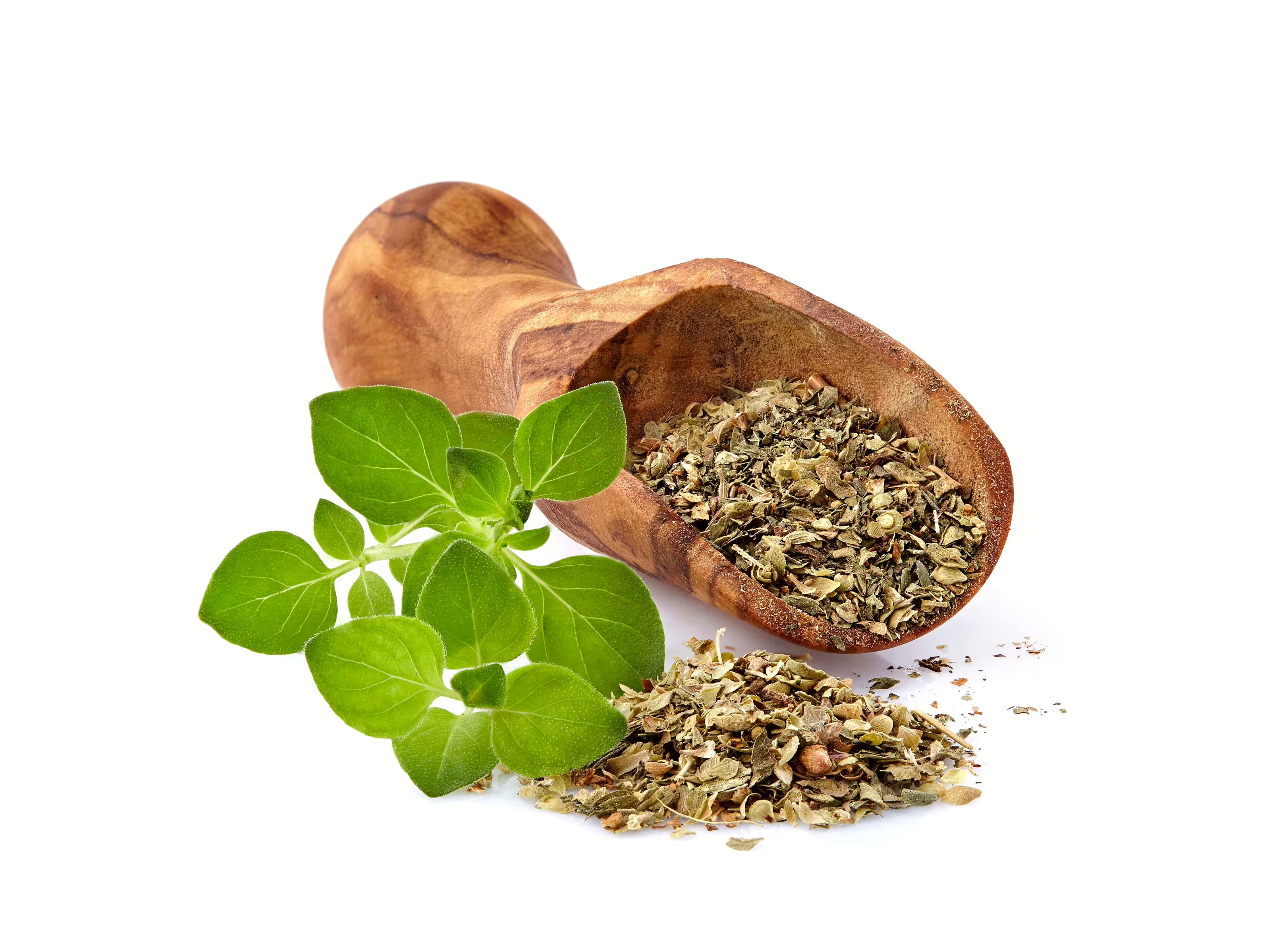The marjolaine leaf is an aromatic herb, which is very popular in the kitchen for its peppery and mentholen flavor. It is from the Middle East and North Africa, and has been cultivated since Antiquity for its culinary and medicinal properties. The marjolaine leaf is very popular in the kitchen for its peppery and menthol flavor, which makes it an essential ingredient of many recipes. It is often used to season meats, fish, vegetables and soups, or to flavor marinades, condiments and drinks. It is also very appreciated for its medicinal properties, which give it a invigorating and soothing flavor.
